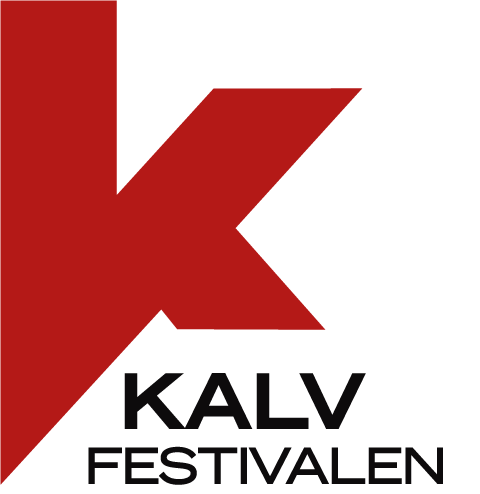| EVENT:
| TIME:
| VENUE:
Concert | Soyuz21
[concert introduction 18.00 | parish home]
Sascha Armbruster, saxophone, Mats Scheidegger, guitar, Philip Meier, piano, Jens Ruland, percussion, Isai Angst, electronics.
Soyuz21 | Brainzaps
Program
Kevin Juillerat – Cinque Notturni ([2017]
Kelly Sheehan – BrainZaps [2020]
Edu Haubensak – Schwarz Weiss [1979]
Christian Winther Christensen – Being Apu Sarkar [2009]
Junghae Lee – on the beat [2003]
André Meier – gravities I [2021]
About the concert
A comprehensive spectrum of musical densities, from the most delicate sound painting to hard-edged frames, this is how the concert program of soyuz21 – contemporary music ensemble Zürich presents itself.
Program notes
Kevin Juillerat – Cinque Notturni ([2017]
games of colors, shapes and spaces;
intermingled sounds – merging;
delicate and frenetic,
nocturnal.
Kelly Sheehan – BrainZaps [2020]
What are brainzaps? You might also hear them referred to as “brain zaps,” “brain shocks,” “brain flips,” or “brain shivers.” Often described as feeling like brief electric jolts to the head that sometimes radiate to other body parts. Others describe it as feeling like the brain is briefly shivering. Not a painful sensation but certainly a jolt to the system.
Edu Haubensak – Schwarz Weiss [1979]
‘Schwarz Weiss’ is the earliest piano composition I wrote. The starting point was the idea of two interconnected parts (Schwarz and Weiss), clearly distinct through the choice of low and high registers. Due to the high tempo of the repetitions, the piano sound appears as a continuous flow. Mutually amplifying units of microharmonic resonances occur in the instrument’s deepest and lowest register (Schwarz). The mixture of two intersecting systems – the temperate mood and the natural harmonics – results in impenetrable, free-roaming and hardly controllable concentrations of sounds in higher registers.
Although ‘Weiss’ repeats the same or similar pattern as ‘Schwarz’, the tonal result is completely different: the polyphonic-melodic lines are crystal clear, the prescribed prestige contrast allows the individual notes to merge into a continuum and one is amazed at the artistic possibilities the piano keys enable. As an additional element, one will perceive the motorized drumming of the piano hammers in fortissimo on the strings in the piano’s highest register. This etude, written in 1979, comes to life through the extreme contrasts between the two parts, which meet each other like erratic blocks in space.
Christian Winther Christensen – Being Apu Sarkar [2009]
The work is composed for saxophone, piano and percussion and is an independent composition which nevertheless can be incorporated in Christian Winther Christensen’s opera, the ‘false documentary’: Documentation about Apu Sarkar. Briefly told the opera is centered around the composer Christian Winther Christensen who has to eat an Indian. The first part is a conversation between Winther Christensen and the Indian Abu Sarkar, who is terminally ill. The agreement is that Winther Christensen will eat Abu Sarkar after his death and in this way take on his characteristics. In the second part of the opera the Indian is eaten. The situation unfolded in Being Apu Sarkar is the communion – just before the transformation of the Indian begins.
Junghae Lee – on the beat [2003]
There was a time when I was interested in visual aspects of the musicians that appeared in their stage presence or through the interpretation of the music during their performance. And I wanted to point out this issue through a musical composition.
On the Beat is concerning about physical aspects of the players which comes to expression through the sound while they are performing. It should also reveal the personal character of each player dealing with their instruments. The actions, too, happen not only as the interpretation of a composition, but also, they themselves are a certain part of the music.
André Meier – gravities I [2021]
“I have for a long time been dealing with the possibilities that polytempi (several superimposed tempos) offer. Three of my latest works have explored generated open / modular forms. ‘Gravities I’ is now a study (for a larger work) that deals with tempo polyphony. The piece consists of short, modular movements where the individual instruments play their precomposed material synchronously and / or at different tempos (as autonomous units) and sequences; the instruments / voices are synchronized using common, yes, ‘gravitational points’. And through this gravity, different, yet related, kaleidoscopic, descriptions of the same ‘material space’ are created. “


